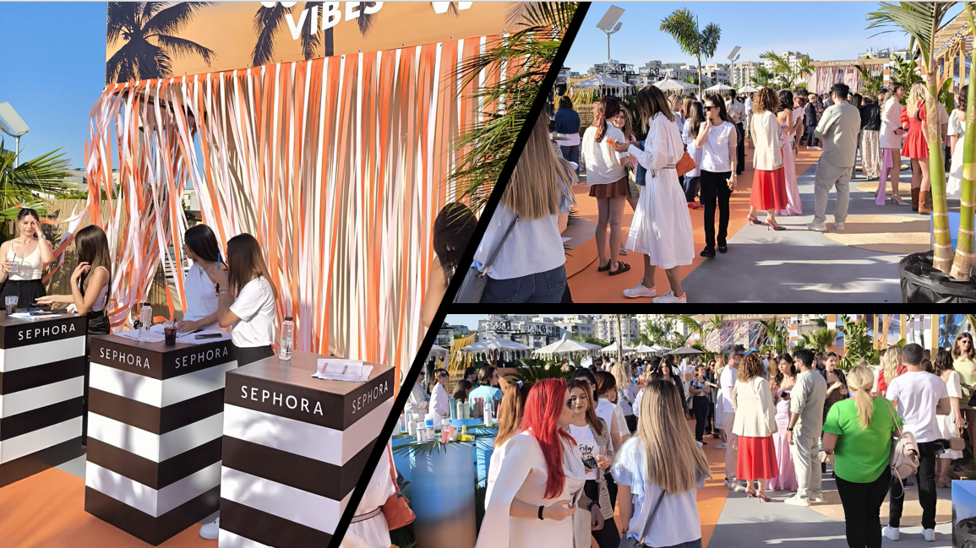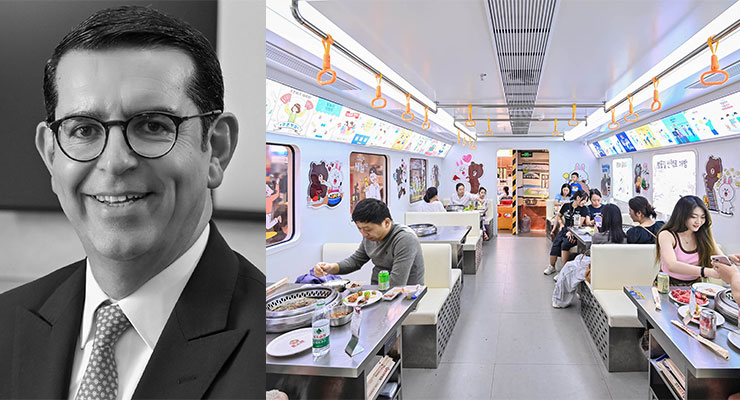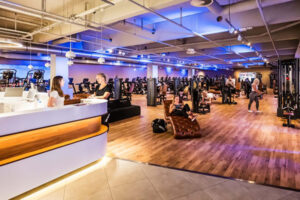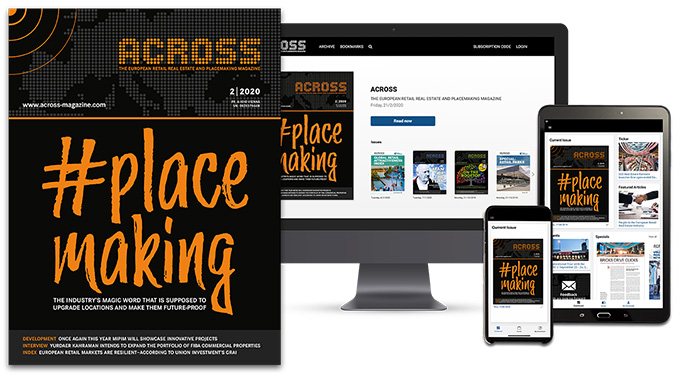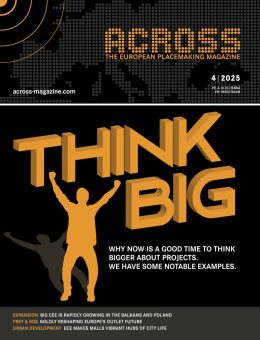by Yurdaer Kahraman
At Fiba Commercial Properties (Fiba CP), we interpret this divide not as a crisis, but as a structural evolution. With over 800,000 sq m of leasable area in Türkiye, Central and Eastern Europe, and Asia, we have witnessed first-hand how this shift has manifested in diverse markets. From the highly competitive retail environment in China to the resurgence of mid-scale assets in Central and Eastern Europe, our strategy is anchored in agility, local expertise, and sustainable value creation

Yurdaer Kahraman
Yurdaer Kahraman is CEO and Board Member of Fiba Commercial Properties
China represents a turbulent example of retail polarization. Although pandemic restrictions have relaxed, consumer confidence remains weak, weighed down by ongoing US-China trade friction and increasing geopolitical strains in the region. The market is marked by rapid shifts in consumer habits and fierce competition driven by digital retail expansion. Moreover, even low-end, entry-level brands offering affordable products face increasing challenges from ultra-low-cost digital-first platforms like Shein and TEMU.
One of the key challenges in China is the expanding gap between luxury and discount formats. Consumers are increasingly prioritizing value, and while high-end segments continue to offer aspirational appeal, mid-market retailers are facing immense pressure. In addition, the oversupply of shopping malls in major urban centers has led to an increase in vacancy rates, and in some cases, closures or bankruptcies – an issue that is being closely observed by our team on the ground in China. As these changes unfold, tenants are demanding rent reductions and implementing tight cost-control measures.
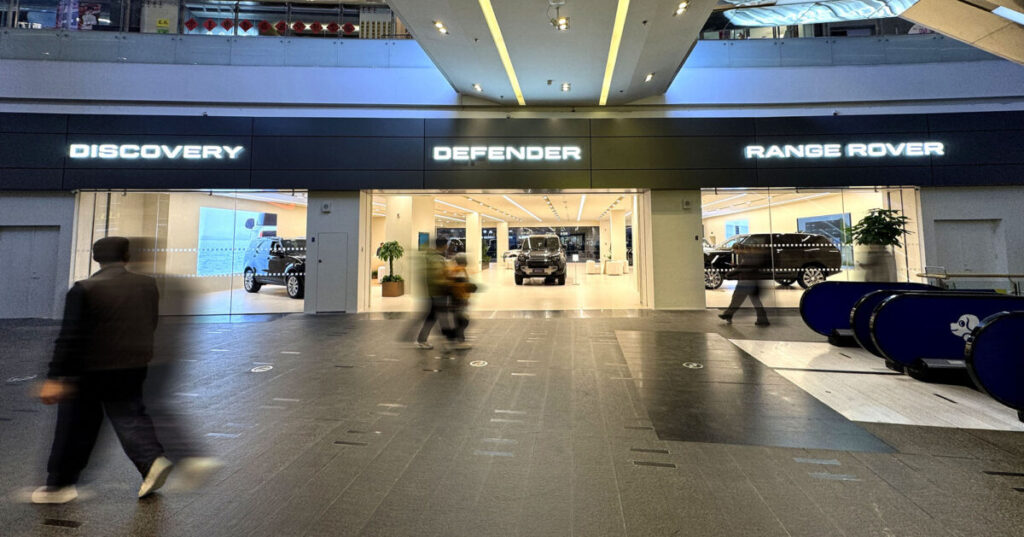
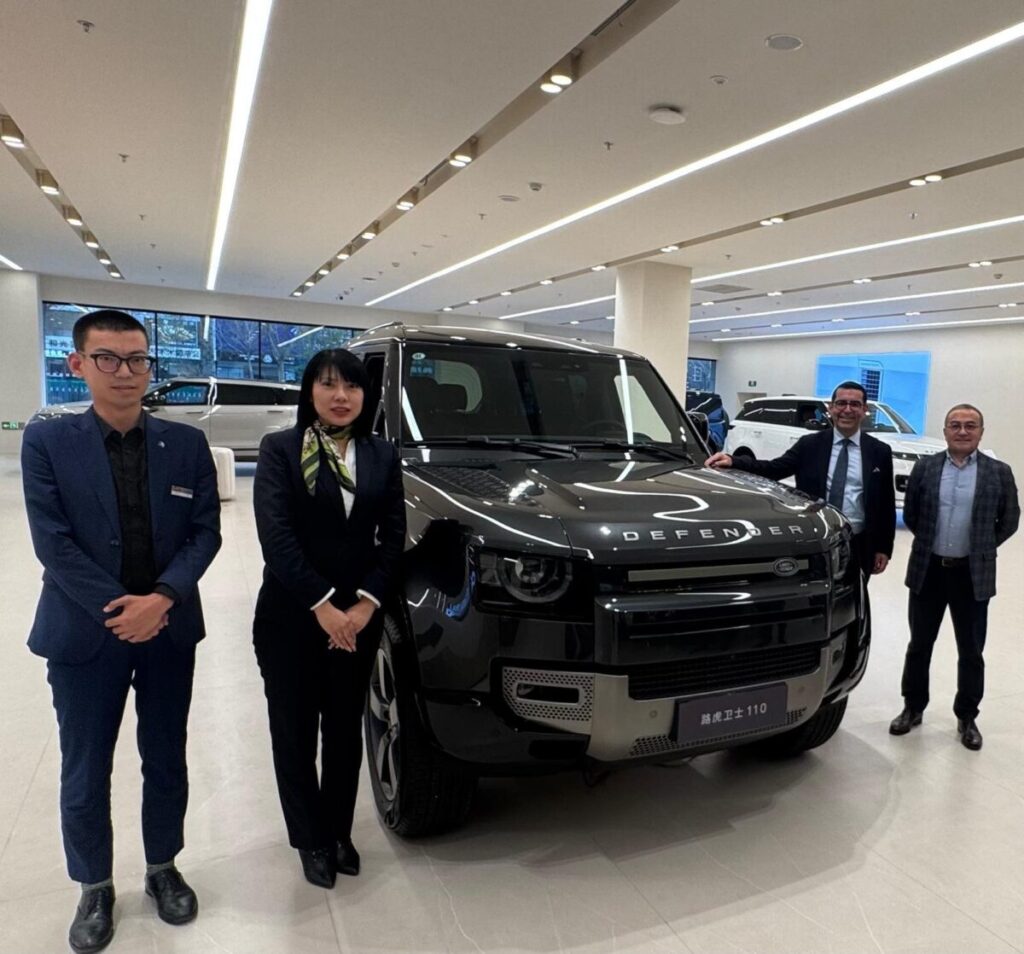
The tenant mix at Fiba’s mall is constantly recalibrated to reduce reliance on apparel and allocate more space to experience-driven categories, such as introducing successful electric vehicle concept stores – including BYD, Huawei, and Xiaomi – as well as European brands.
In this context, the strategic orientation of many retail and real estate properties has recalibrated over time, including the space requirements for discount concepts. This has also displaced midprice concepts in the existing portfolio, and strong, immediate changes in the orientation of the property – including branch and tenant mix – have led to lasting challenges for the mid-price segment.
The mid-range segment requires sub-segmentation strategies that allows brands to target specific consumer profiles. These developments can already be seen in the Asia-Pacific region and have led to those segments gradually becoming an important component of real estate portfolios.
Our view is that bridge designer brands and upper-middle-tier brands have the potential to fill the gap. These bridge designers integrate creative agility with market trends and consumer preferences, strong creative skills, and a deep understanding of market dynamics. Pricing, margin, and currency management are particularly important when expanding in this segment. Today, success heavily depends on marketing that shapes the concept and brand-identity – brands that offer compelling customer journeys will lead the way. To stay ahead, Fiba CP has taken a proactive approach with the Star Mall, which serves as a model for retail adaptation in Asia. The tenant mix was recalibrated to reduce reliance on apparel and allocate more space to experience-driven categories, such as gastronomy, technology, and lifestyle. We have also introduced successful electric vehicle concept stores – including BYD, Huawei, and Xiaomi – as well as European brands, such as Range Rover and Jaguar. These curated retail experiences blend physical products with digital engagement and reflect a new consumer expectation for interactivity. In addition, we have redesigned and expanded our food court, launching the “Gourmet Garden” concept, which offers a multicultural gastronomic experience combined with aesthetic and architectural appeal.
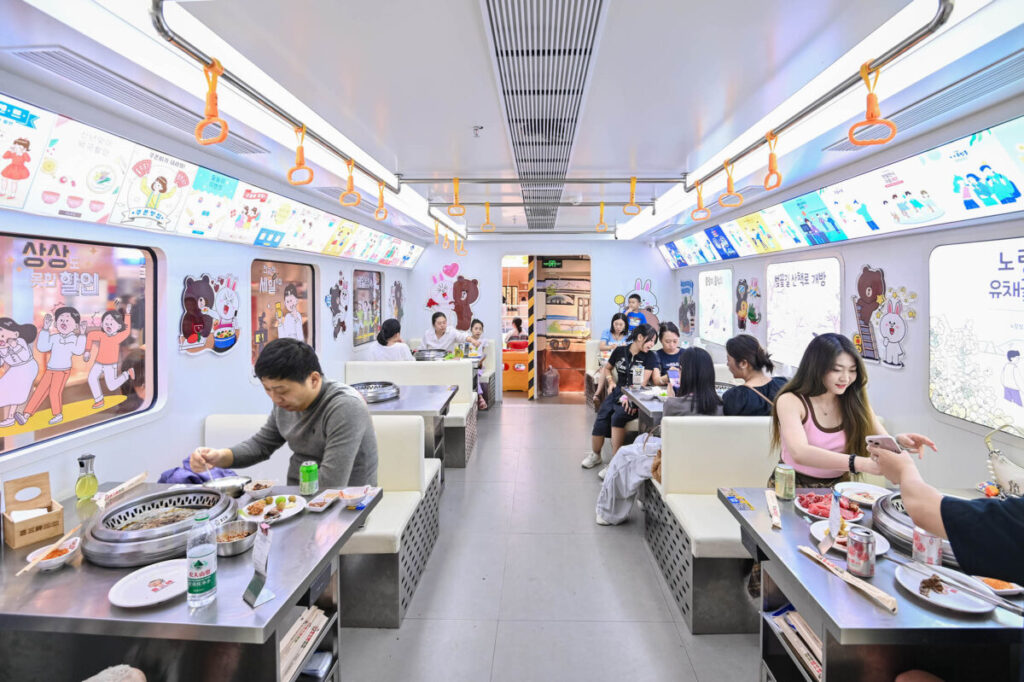
This evolution represents more than a facelift – it is a structural shift. Star Mall has transformed from a traditional shopping venue into a multifunctional social hub, where the act of shopping is seamlessly interwoven with entertainment, design, and experience.
In contrast, Europe is facing the long-term consequences of a conventional retail outlook. Numerous city-center assets are struggling with outdated leasing practices and overly homogenous tenant profiles. The overreliance on discount brands to fill vacant spaces has, in some instances, diminished asset value. Moreover, many retail properties lack clear positioning or adaptability to local consumer needs, which is reflected in the inability of shopping malls to differentiate themselves, embrace digitalization, and respond to evolving consumer expectations. While e-commerce is often cited as the main disruptor, our experience indicates that physical retail can still thrive – as long as it embraces transformation. In China, for example, online retail dominates, yet physical malls succeed by offering compelling environments and hybrid shopping experiences. This underscores a crucial point: Brick-and-mortar retail must create emotional and social value beyond the transactional.
Türkiye offers a more dynamic picture. Despite macroeconomic challenges, the country’s youthful population and consumption-driven behavior sustain robust footfall across our centers. Inflationary expectations accelerate spending patterns, and consumer appetite for digital services and experiences is growing steadily. Fiba CP’s national portfolio is grounded in flexibility and innovation – from AI-powered signage and customer assistance tools like Livia, to gamified edutainment zones and digital campaign platforms that personalize the retail journey. We also heavily invest in community-building activations across our portfolio – from Türkiye to Central & Eastern Europe – such as experiential rooftop events that blend culture, fashion, and entertainment into brand encounters.
This adaptability defines our regional strategy. Where other operators see volatility, we see opportunities for local engagement and longterm customer loyalty.
Towards a resilient future
At Fiba CP, we approach retail as a dynamic, living ecosystem – one that goes far beyond static real estate. Our multi-market strategy reflects a transformation that is locally rooted and globally informed. We avoid generic formats and instead apply market-tailored leasing strategies, prioritize lifestyle-driven tenant curation, and embrace flexibility in spatial design – from reprogramming underperforming assets in Romania to creating multifunctional zones in Asia. For us, technology is not just a tool – it is core infrastructure, powering insight, personalization, and agility.
Luxury retail, on the other hand, is navigating its own shifts. Following post-COVID recovery in 2021–2022 and normalized growth in 2023, the luxury segment saw a moderate decline in 2024. However, luxury brands have continued to adopt a long-term strategic market outlook, investing in proximity to their customers. Core luxury markets are experiencing higher competition and increasing demand for premium locations. This will likely raise prime rents, which could be favorable for property owners.
Asia continues to dominate global luxury sales, with strong investment in design and concept reconstructions that drive sustained productivity. Moreover, sustainability has emerged as a core pillar in luxury purchasing decisions, with the ecological footprint and resale value playing increasingly important roles in consumer choice. Despite these opportunities, global economic uncertainties – rising interest rates, inflation/deflation, and geopolitical tensions – will continue to weigh heavily on the sector.
Retail polarization is a lasting reality – yet within this evolving landscape, we see compelling opportunities for growth and reinvention. The future will not belong to those with the most square meters, but to those who maximize the value of each one.
At Fiba CP, we believe that the new era of retail will be shaped by those who move fast, think locally, act boldly, and design for life – not just for transactions.
We’re not just adapting to polarization. We’re using it to build better, smarter, and more human places to shop, gather, and grow: “A retail destination is no longer just about where you buy –it’s about where you belong. That‘s what we aim to build at Fiba CP.”
